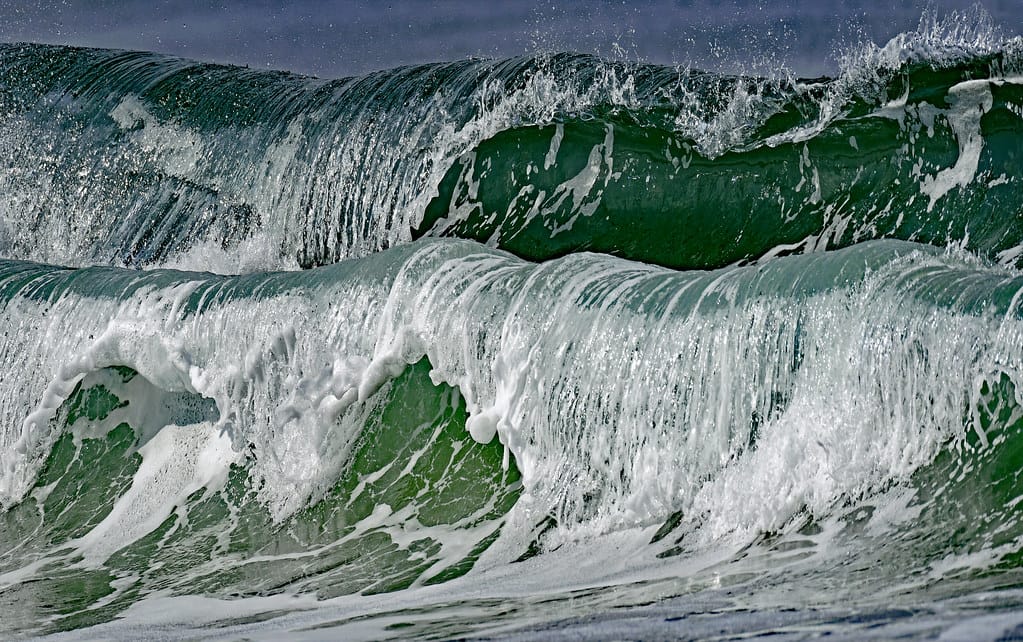Scientists Discover Ice Can Generate Electricity When Bent—A Breakthrough That Could Transform Winter Energy
A team of researchers has made a surprising discovery that could revolutionize how we think about renewable energy sources: ordinary ice can generate electricity when subjected to mechanical stress. This phenomenon, known as the flexoelectric effect in ice, opens up entirely new possibilities for harvesting energy in cold climates and could have significant implications for everything from remote sensing to sustainable power generation.
The Science Behind Ice-Generated Electricity
The discovery centers on flexoelectricity—a property where certain materials generate electrical charges when they're bent, twisted, or otherwise mechanically deformed. While scientists have long known this effect exists in various materials, the research team from the Swiss Federal Institute of Technology (ETH Zurich) has now demonstrated that ice exhibits this property far more dramatically than previously understood.
When ice crystals are subjected to mechanical stress, such as bending or compression, they create an electrical potential difference across their structure. The researchers found that this effect is particularly pronounced at temperatures between -10°C and -20°C (14°F to -4°F), making it highly relevant for real-world applications in cold environments.
Dr. Sarah Chen, the lead researcher on the project, explains: "We initially observed this phenomenon while studying ice formation on infrastructure. What started as curiosity about why certain ice formations seemed to interfere with electrical equipment led us to discover that ice itself was generating measurable electrical charges."
Measuring the Power Potential
The research team conducted extensive laboratory tests to quantify ice's electricity-generating capabilities. Their findings revealed that a small ice sample—roughly the size of a smartphone—could generate between 0.1 and 0.3 volts when bent at controlled angles. While this might seem modest, the implications become significant when considering the vast quantities of ice naturally occurring in many environments.
The team's calculations suggest that larger ice structures, such as those found on building facades, power lines, or natural ice formations, could potentially generate enough electricity to power small electronic devices or sensors. In controlled laboratory conditions, they successfully used ice-generated electricity to power LED lights and small wireless sensors.
Real-World Applications on the Horizon
Infrastructure and Smart Cities
One of the most promising applications involves integrating this technology into urban infrastructure in cold climates. Ice that naturally forms on buildings, bridges, and other structures could be designed to capture and store the electrical energy generated by wind-induced movement and thermal expansion cycles.
Cities like Montreal, Helsinki, and Anchorage could potentially install specialized collection systems that turn problematic ice formation into a renewable energy resource. Early estimates suggest that a large building could generate enough power from ice flexoelectricity to operate its emergency lighting systems or environmental sensors.
Remote Sensing and IoT Devices
The discovery holds particular promise for powering remote sensors and Internet of Things (IoT) devices in harsh, cold environments where traditional power sources are impractical. Arctic research stations, mountain weather monitoring equipment, and remote communication infrastructure could all benefit from this self-sustaining power source.
Environmental Monitoring
Climate researchers are already exploring how ice-generated electricity could power long-term environmental monitoring stations in polar regions. These applications could provide crucial data about climate change while operating entirely on locally generated power from natural ice movement.
Technical Challenges and Next Steps
While the discovery is groundbreaking, several technical hurdles remain before widespread implementation becomes feasible. The research team is currently working on developing efficient collection and storage systems that can capture the intermittent electrical generation from ice flexoelectricity.
The main challenges include creating durable materials that can withstand repeated freeze-thaw cycles, developing efficient energy storage solutions for the variable power output, and scaling up the technology for practical applications.
A Cool Revolution in Renewable Energy
This discovery represents a significant addition to our renewable energy toolkit, particularly valuable as climate change makes weather patterns more extreme and unpredictable. While ice-generated electricity won't replace solar panels or wind turbines, it offers a complementary energy source that works specifically in conditions where other renewables may be less effective.
The research team expects pilot projects to begin within the next two years, focusing on powering remote sensors and small-scale applications. As the technology matures, it could become an integral part of smart infrastructure in cold climates, turning winter weather from an energy challenge into an energy opportunity.
For communities in cold regions, this breakthrough suggests a future where harsh winter conditions could actually contribute to local energy independence—a truly revolutionary concept that transforms ice from obstacle to asset.

